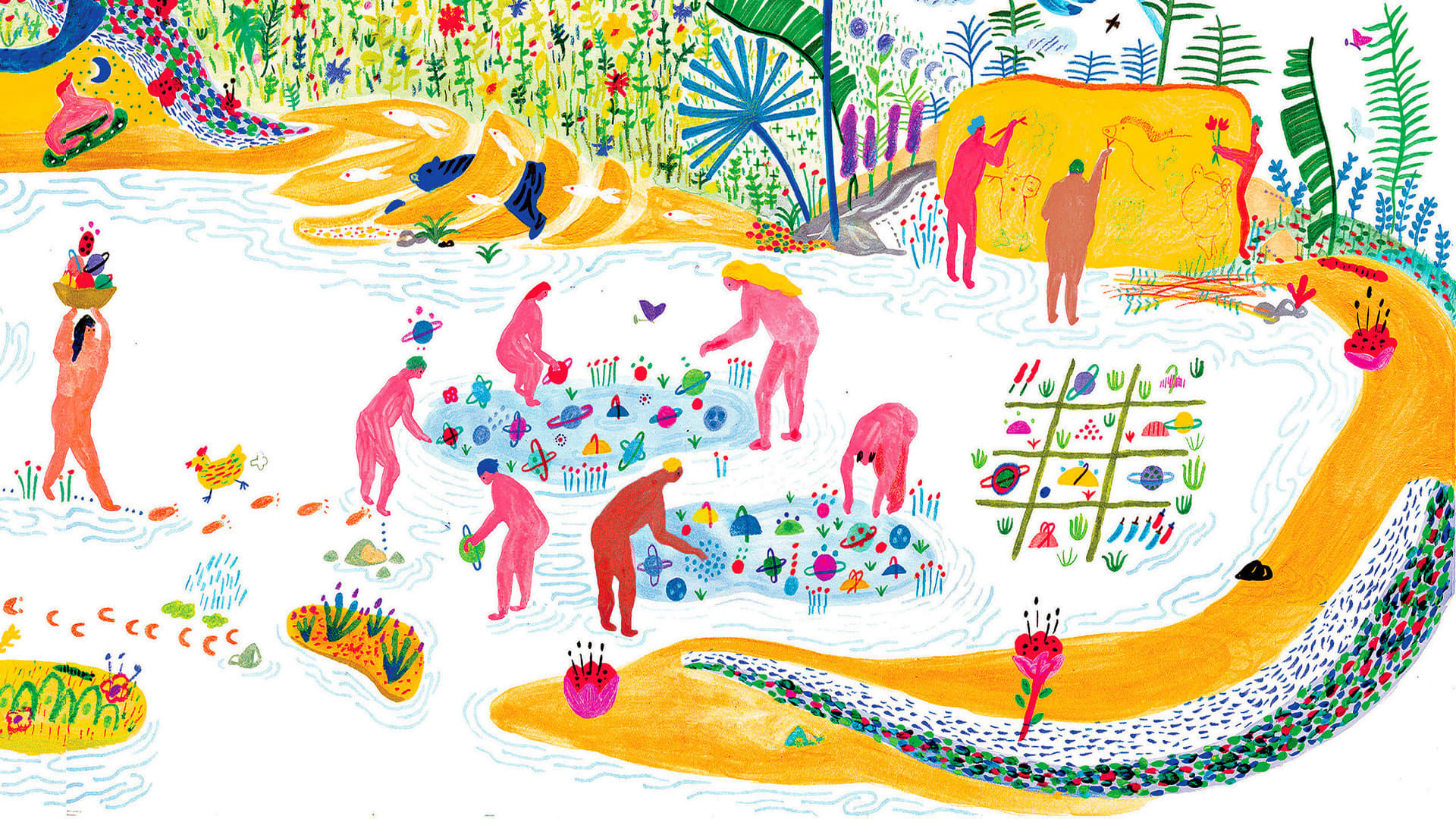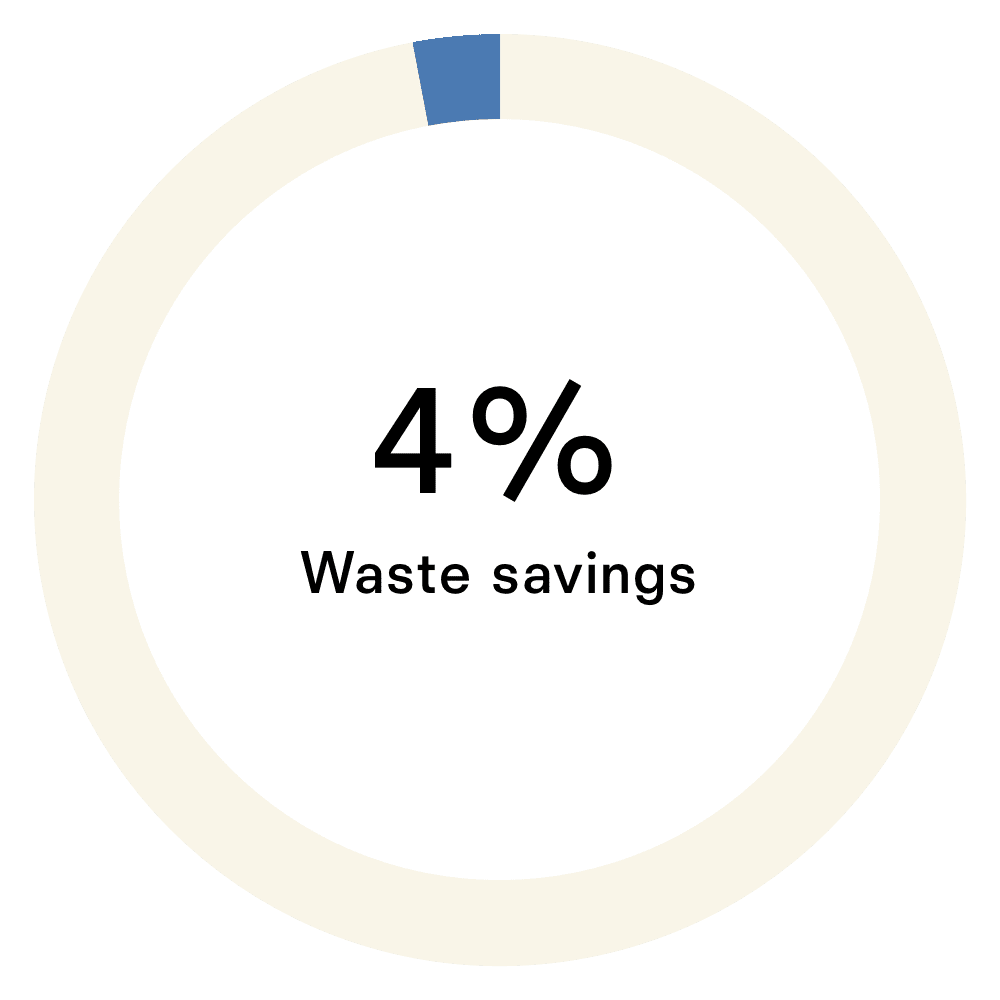Sustainability Report Q3 2021
Sustainability
Report

Big companies report their profits in quarterly earnings reports, but we all should be accountable for more than that. That’s why sustainability is at the core of everything we do. We believe in focusing our efforts where we can make the biggest impact for our business and the planet.
Social responsibility
Diversity, equity, and inclusion
Community engagement & impact
Planet
Climate action
Resource efficiency
Low impact garment care
Better materials
Clean chemistry
Traceability
Progress
Circularity
Sustainability reporting & transparency
Packaging innovations
There are a lot of awesome people behind our clothes, and we’re responsible for ensuring safe, healthy, and equitable working conditions for all of them. We’re committed to being people-focused and will continue to grow and evolve our work in this area of sustainability. Because who makes your stuff, and how they’re treated, matters a lot.
In Q3, we’ve continued to offer DEI training company-wide and made it a requirement for all managers. We’ve also built external partnerships to expand our focus on sourcing diverse talent across the industry. Our Culture Committee helped all Refs recognize Hispanic Heritage Month with team-driven programming including a zine and community-sourced cookbook. As members of the Black In Fashion Council (BIFC), we participated in an accountability survey in partnership with the Human Rights Campaign Foundation. After receiving our results, we are integrating new policies and building on areas of improvement across the organization.
- 150 volunteers
- 175 volunteer hours
- 249 hygiene kits
- 270 sack lunches
- 500 lbs of trash removed

Our suppliers participate in independent, third-party social assessments to ensure fair, safe, and healthy working conditions and continuous improvement. These assessments are conducted not only to ensure they’re meeting our Code of Conduct but to identify areas of progress and to stimulate improvement. All substandard assessment findings must be remediated in a timely manner.
→ The process
US living wage increased by approximately 20% in 2021, moving Reformation team members from 100% to 56% compliant with the current living wage standard.
We use the MIT Living Wage Calculator to set our living wage standards. The 2021 update of the tool changed methodologies and data sources, significantly increasing living wage compared to prior years and beyond our planned budget. We remain committed to living wage principles and believe all workers should be able to meet their basic needs and maintain self-sufficiency, so we will continue to pursue a living wage for all of our teams. Given the size of the increase this year and the challenges our business faced in 2020, we are not able to support the full increase in a single year. But we processed increases in Q1 and plan to continue to make progress each year in the pursuit of Living Wage.
5: Gender Equality, 8: Decent Work & Economic Growth, 10: Reduced Inequalities
12: Responsible Consumption & Production, 17: Partnerships for the goals

Your clothes go through a lot before they make it to you. We do the heavy lifting behind the scenes and focus on things like traceability, fiber standards, and clean chemistry to ensure we lessen the environmental and social impacts of our stuff.
Our ultimate goal is still to cut out virgin plastic entirely, so we’re supporting the development of a plastic-free alternative with the Materials Innovation Initiative.
Our goal for 2021 is to reach 100% traceability¹ into our Tier 1, Tier 2, and Tier 3 suppliers. Supply chains are fragmented and complex, so we’re focusing on digging into Tier 4 and going deeper at the fiber, forest, and farm level so we can take accountability for responsible practices all the way through our supply chain.
100% Finished goods assemblers & subcontractors
TIER 2
100% Dyers & printers; finishers, weavers, knitters
TIER 3
94% Fibers, spinners, recycled material collector/processor
TIER 4
3% Raw material (Farm, Forest, Ranch)
44.3% China
7.9% Turkey
4.7% Vietnam
3.3% Brazil
0.2% India
*Based on % volume
→ Learn more about our factories
39.1% Los Angeles
9.7% Turkey
3.4% Brazil
2.8% Vietnam
0.1% India
→ Learn more about our factories


▪ A - ALL STARS 35%
Key fabrics: Tencel™ Lyocell, Recycled cotton, Regenerative cotton, Deadstock
→ Learn more about Ref fiber standards

6: Clean Water & Sanitation, 12: Responsible Consumption & Production
14: Life Below Water, 15: Life on Land
¹Traceability is calculated by total fabric yardage for apparel and by upper fabric volume for shoes YTD 2021. This excludes all deadstock materials.
²Fiber performance is calculated by total fiber volume usage YTD 2021. Leather and deadstock are measured by total material volume usage.
³Percent of clean chemical certifications for dyers, tanneries, and printers is calculated by total fabric yardage for apparel and upper fabric volume for shoes YTD 2021. This excludes all deadstock materials.

Making clothes has a big impact on people and the planet. We keep our true costs in mind when making any decision by tracking our company-wide environmental footprint.
Carbon intensity of our products

We also invest in carbon offsets and water restoration credits to go neutral. In 2021, we partnered with Native Energy on CO2 reduction projects like supporting clean cookstoves in China, a clean energy project in India, and a reforestation project in Tanzania. Through our partnership with Bonneville Environmental Foundation (BEF), we’ve helped restore over 465 million gallons of water since 2015 by supporting projects across California and the Colorado River Basin. Our current project is a system conservation project with the Colorado River Indian Tribes (CRIT).

6: Clean Water & Sanitation, 7: Affordable & Clean Energy
12: Responsible Consumption & Production, 13: Climate Action
¹CO2 equivalency comes from the EPA Greenhouse Gas Equivalencies Calculator, Water from the Patagonia Alliance, and Waste from Frog Hauling.
²Includes garments that are machine washed cold or hand washed.
³World Wildlife Fund, Green Tips.

We have a lot of work to do to create a fashion system that is circular and makes a positive impact. In order to push sustainability forward, we challenge our efforts and don’t shy away from hard problems. We’re committed to investing in the future, and we’ll always be transparent about our progress.
*This includes Ref Vintage, Rent the-Runway, thredUP, Looptworks, and donations.
Instead of shipping excess inventory to our warehouse in Los Angeles after sample sales, we donated to two local nonprofits. It helps reduce our carbon footprint and supports communities in need. So far in 2021, we've donated 12,759 garments to Lotus House Women’s Shelter in Miami, Princess Chambers in NYC, and Project Ropa in Los Angeles.
| 84 sustainability goals set across Ref teams | 19% of departments have already fully integrated sustainability goals into roles, responsibilities, and performance reviews | 56% of departments have partially integrated sustainability goals |
| 11% of employees used volunteer time off | 80% of respondents told us they have a good sense of our sustainability efforts and can easily follow our sustainability reports | 63% of respondents participated in at least one sustainability training |
We’ll use this to keep teams accountable and track our progress over time.
Because it will take all of us to drive for the change we need.
Development Goals

The fashion industry has a major impact on the global economy and the environment. That’s why we aligned our sustainability framework with the United Nations Sustainable Development Goals (SDGs) to make sure we’re tackling the most important issues like climate change and economic inequality.
→ Learn more
12: Responsible Consumption & Production, 15: Life on Land

Investing in the future means aiming high and ensuring our efforts are focused in the places that matter today, and tomorrow. Here’s some future-focused stuff we’re working on:




